The Industry spends millions of dollars learning what works and what doesn’t. Their overall goal is to recruit tobacco users and make money. Their tactics include: ü Advertising ü Grant Funding ü Youth Prevention Programs
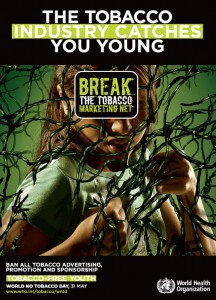
Advertising
|
The Industry creates advertisements to give the illusion that everyone smokes and those who do smoke are cool, popular, lucky, have a lot of friends and are happy and healthy. They also give away “cool stuff” to make people like them. They work to normalize tobacco use.
Packaging, advertising, and marketing are developed to attract attention to the product especially the attention of children such as using colorful packaging that resembles candy and gum that youth enjoy. |
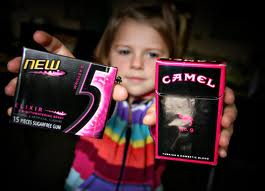 |
-
The ads use colorful images and messaging that appeal to youth.
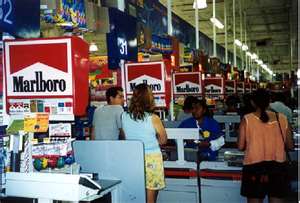 |
|
|
Magazines
Although the tobacco companies agreed to only advertise in magazines with less than 2 million youth readers or 15% youth readership, they place ads in magazines that are just under those numbers. Research has shown that there has been a substantial increase in tobacco advertisements in magazines with just fewer than 15% readership since the MSA was signed. |
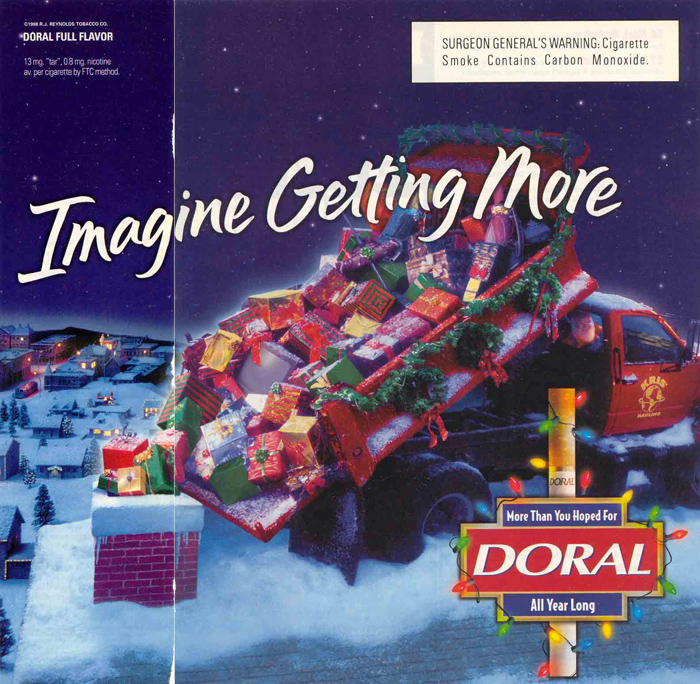 trinketsandtrash.org |
Point-of-purchase tobacco advertising consists of cigarette and other tobacco ads and functional items (such as counter mats and change cups) located inside, outside, and on the property of convenience stores, drug stores, gas stations, and other retail sales outlets.
.jpg) |
|
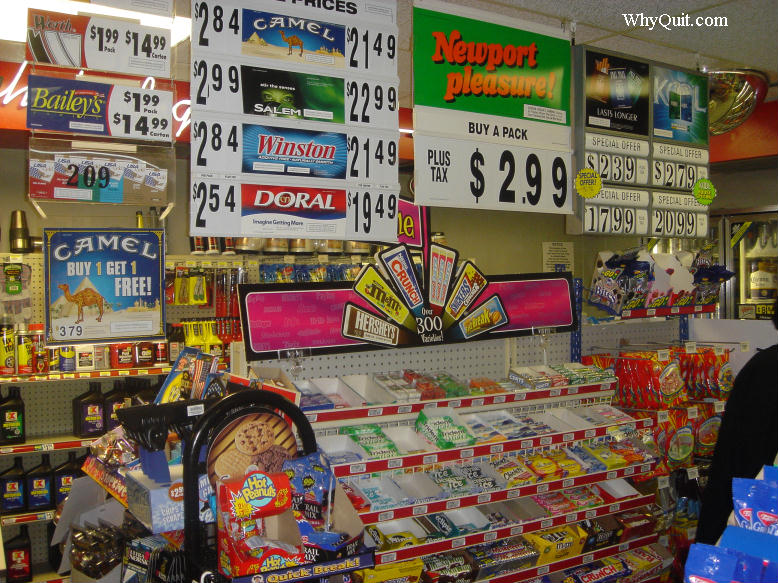 |
|
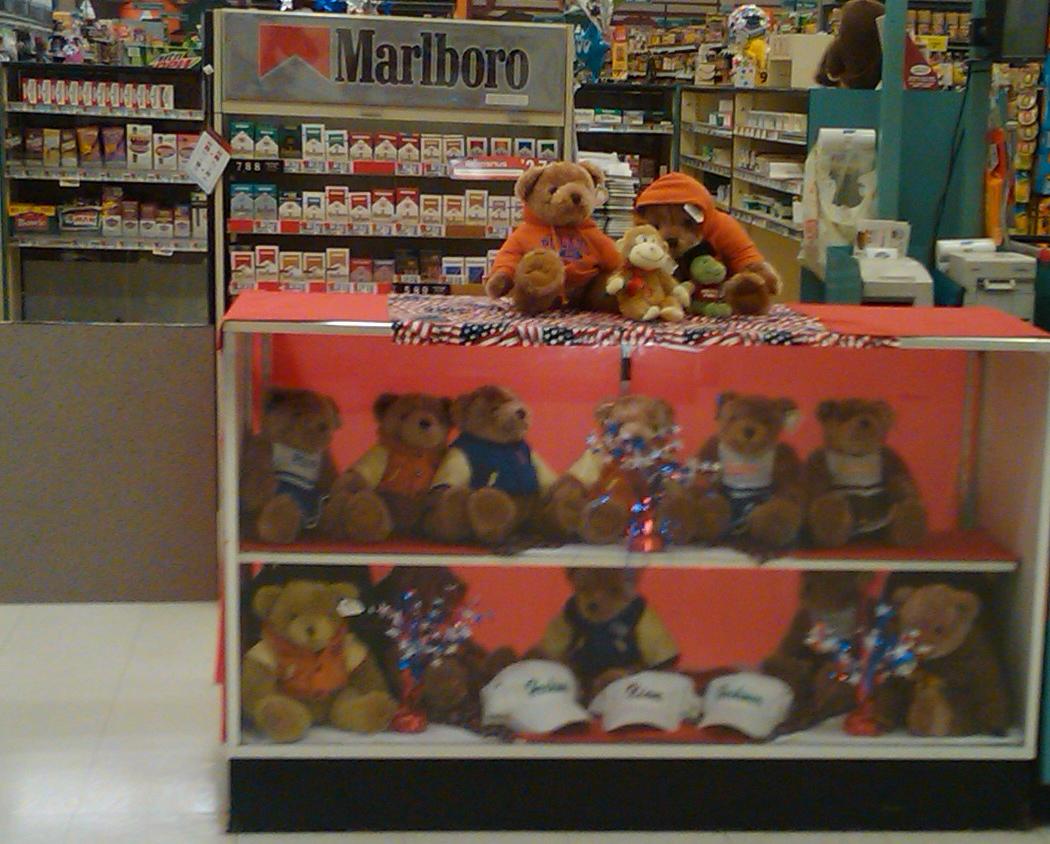 |
-
Teens who shop often in stores where tobacco is widely advertised are twice as likely to start smoking.2
-
Direct mailing is conducted by tobacco companies to people who have signed up for their mailing list stating that they are over the age of 18. Most companies do not verify the ages of those on their mailing or website lists.
 |
|
|
 |
 |
|
Movies and other Media
The Tobacco Industry also uses movies and other types of media for marketing to youth.
The appearance of tobacco use in movies and in film increased significantly after the MSA.4
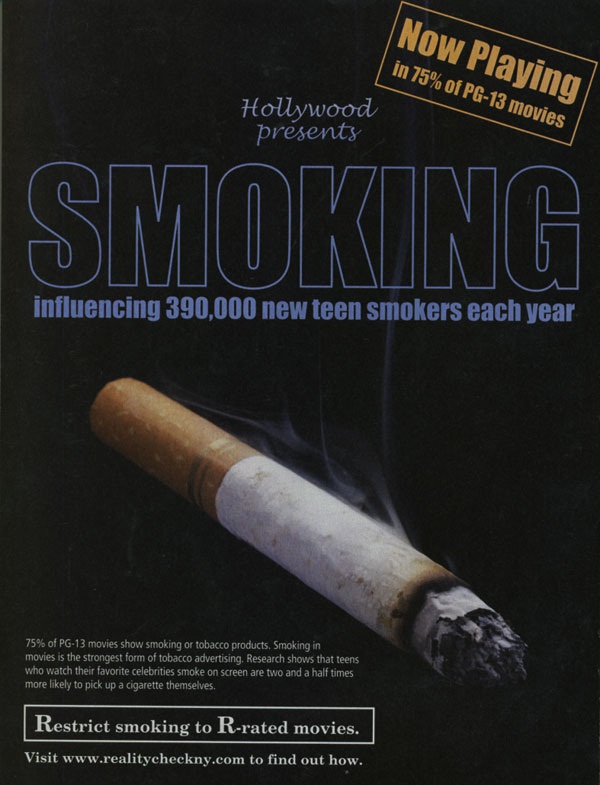
Grant Funding and Prevention Programs
Tobacco companies provide grants to organizations who are struggling financially and who also provide services for youth. These companies have also developed tobacco prevention programs for use by organizations, schools and agencies. They use these types of activities to improve their public image, to market themselves as a responsible company and block any further governmental action that might impede their efforts to sell and market their tobacco products. By presenting themselves as good, conscientious people that are now opposed to youth smoking, the cigarette companies hope to convince policymakers and the public that they should be allowed to pursue their business goals without any additional government oversight or regulation at all.6

The tobacco companies also hope that by giving agencies money and having them use their programs, they can use the agencies’ good name to boost their own. However, one of the requirements of these program is to collect and submit data from the program participants.
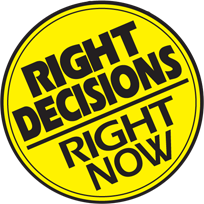 Phillip Morris'
logo for their prevention program |
The Tobacco companies have research what works and what does not work when it comes to preventing youth tobacco use. They develop their prevention programs using what does not work.
There has been no research produced that has proven that the tobacco companies’ prevention programs prevent or even reduce youth tobacco use. Although there are several studies that have confirmed that these programs are ineffective and even work to encourage youth to use tobacco.7 |
1 Point of sale Advertising, fact sheet, www.tobaccofreecenter.org
2 Point of sale Advertising, fact sheet, www.tobaccofreecenter.org
3 Fact Sheet :Tobacco Industry Promotional Events, www.nothanksbigtobacco.org
4 Campaign for Tobacco Free Kids
6 Thumbs Up! Thumbs Down! Manual, American Lung Association, 2000

